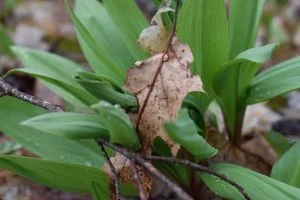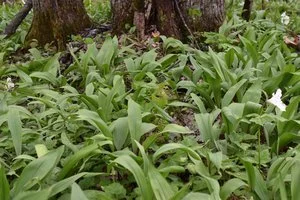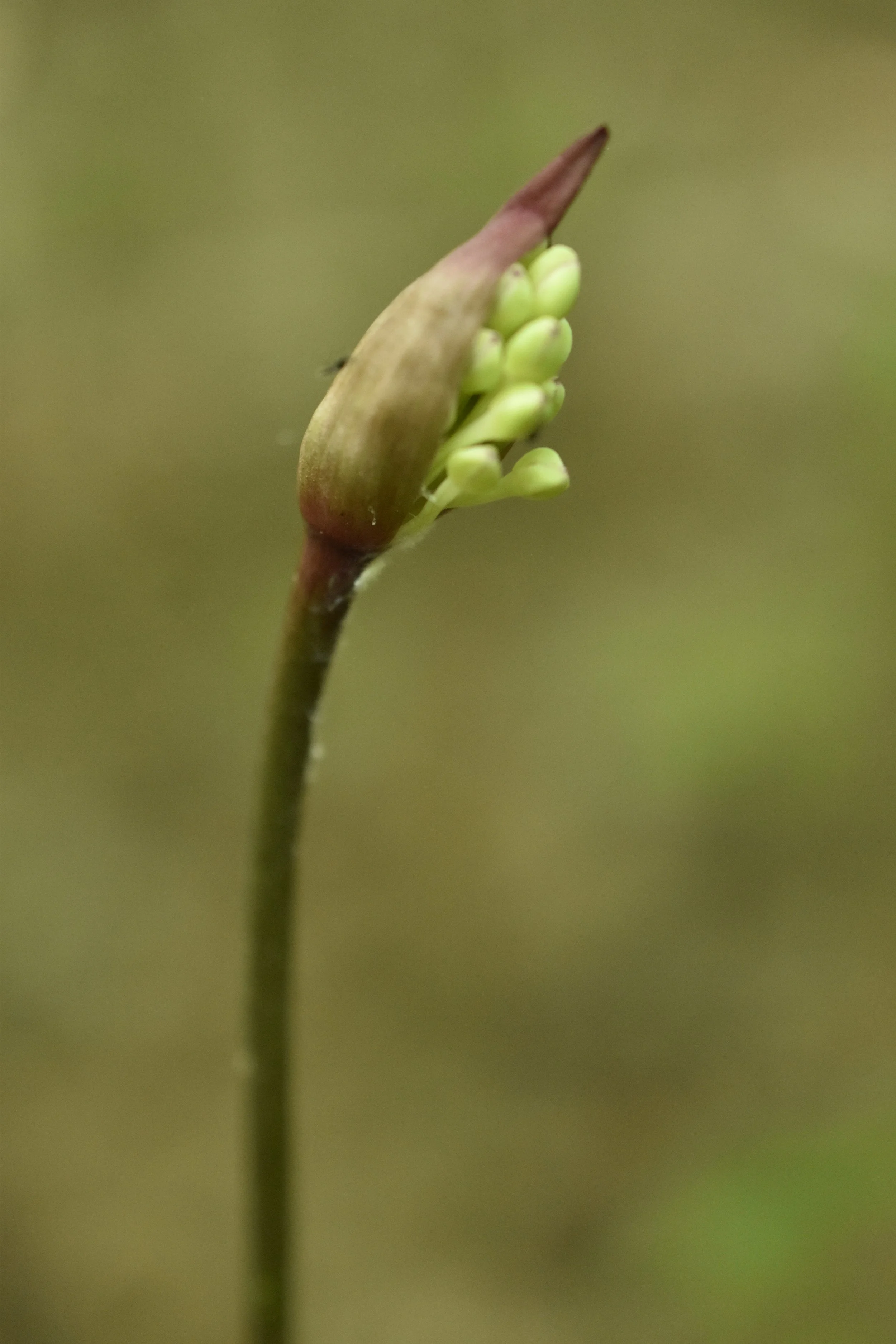The Sustainability of Ramps
“Abundance does not equal sustainability.”
— jim mcdonald
Ramps (also known as wild leeks) is a plant that I often see people irresponsibly harvesting - every season - and it really needs to be addressed. Many foragers in my region (Michigan/Great Lakes) overlook the harm that could be done by harvesting the entire plant (bulb and leaves) because, usually, we are lucky to have vast forest areas that are blanketed in ramps. It’s a wonderous sight, indeed! There is a concern of over-harvesting ramps, though, because a lot of people think the bulb is the tastiest part of the plant... and it is. I totally agree; however, that is where the sustainability issue lies - with the bulbs being removed from the Earth.
The quote above is one I heard from my then-teacher and now-colleague, jim mcdonald. When I first heard him say that, something in my brain sparked and a solid connection was made. That was like a wake-up moment for me. Just because some plant is thriving in our area, and in a vast range of land, does not mean we can stop thinking critically about our foraging responsibility of ensuring the longevity of that species for future generations (of humans and creatures) to enjoy.
Why Protect Ramps?
The United Plant Savers (UpS) website contains a list of at-risk plants that all wildcrafters and foragers alike should get to know. It is updated regularly and should be used as a tool before going into the field to harvest anything from the wild. You can explore the website more to see how they assess that status of at-risk plants - there is great detail and critical thought involved!
Ramps (Allium tricoccum) is on this list with an at-risk score of 50. The main concern for its sustainability involves the plant’s reproduction cycle. According to the UpS website’s write-up for ramps, “ramps only begin to produce seeds after 7 years of growth, and even after that point, can only flower and produce seeds under ideal spring conditions,” which means that seed production is limited. It also mentions how certain states or National Parks have labeled ramps as a “special concern” or even banned the collection of them in certain areas, due to over-harvesting and commercial exploitation.
Considering the limitation of seed production, the concern about harvesting the bulbs gets even deeper when you learn that both varieties of the plant rely on, in some degree, the asexual reproduction (i.e. the multiplication) of one plant’s bulbs. In other words, ramps needs both the seeds and the bulbs to maintain a healthy population in an area. When someone collects a whole patch of ramps - bulbs and all - that area of ramps might not regenerate for many years afterwards, or possibly ever again.
Foragers are directly related to conservationism.
Foragers and wildcrafters have a duty to protect the Nature we love so dearly. The next time you go out to gather that delicious bunch of ramps, I encourage you to graciously and responsibly leave the bulbs in the ground and take only one leaf per plant.
Further Your Conservation Efforts
There’s another thing we can do to help ramps populations thrive in our beloved forests: divide the bulbs! If you have a healthy stand of ramps and want to help it grow and spread, dividing the bulbs of mature plants and replanting them elsewhere will do just that. It’s similar to how it’s done with daylilies and other bulbous garden plants.
*All photos are original and were captured by Alaina Vacha.




